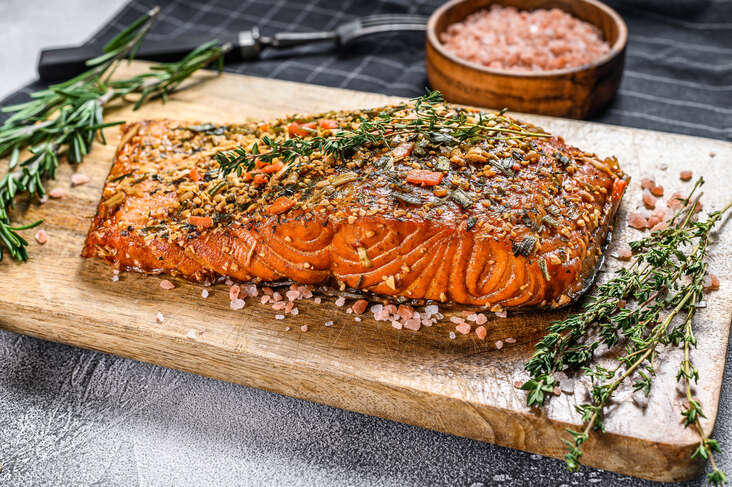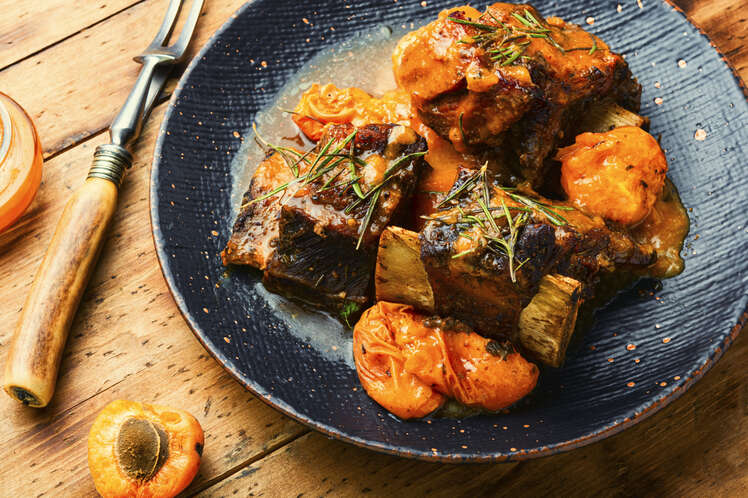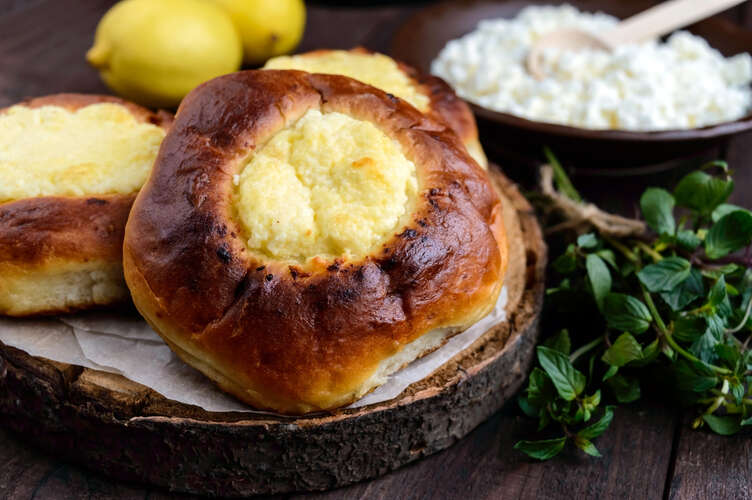Rosenberg gastronomy
Local gastronomy in Český Krumlov was influenced by the ruling families of Rosenberg, Eggenberg and Schwarzenberg. Delicacies from Austria, Hungary, and the Orient were among those on the Grand Duke of Rosenberg's table. As well as food from the neighborhood markets and his own farmyards. Typical meals consumed for the most of the year were replaced by religious fasts and holidays.
Rich noblemen indulged in a varied diet
They were serving much richer meals at carnivals and festivals when the castle was frequented by a larger number of guests. It was a matter of prestige and representation for the master of the house to feed everyone generously. So there had to always be plenty of food, or rather an abundance of it. The meat was regarded as particularly nutritious and nourishing food, making up the majority of the diet. There was plenty of cheese, fine foods, desserts, chocolates, rare wines, and exotic fruits on the nobleman's table.
The Rosenberg menu could include these meals:
Duck liver in goose fat with apple marmalade
Homemade smoked trout with pickled vegetables and horseradish
Veal cones with stewed radish with tarragon cream
Cottage cheese bun with vanilla sauce
As you know, beer truly belongs to the Czech culture. Even during the 14th century, beer was the staple drink. Everyone drank beer at that time - for thirst and for its proclaimed healing powers. Like beer, wine belonged to the lord, his family, and his courtiers and was always present on the table.
Men belonged to the kitchen
It's surprising to learn the fact that women didn't cook during the Middle Ages. Men often made up the culinary workforce, which included cooks, butchers, pastry chefs and other food handlers. The fact that housekeepers didn't arrive until much later shows how little women were shown in service roles. The manor cook was in charge of the kitchen and recorded the food needs. Other duties included monitoring the supply levels, distribution, and culinary personnel.









